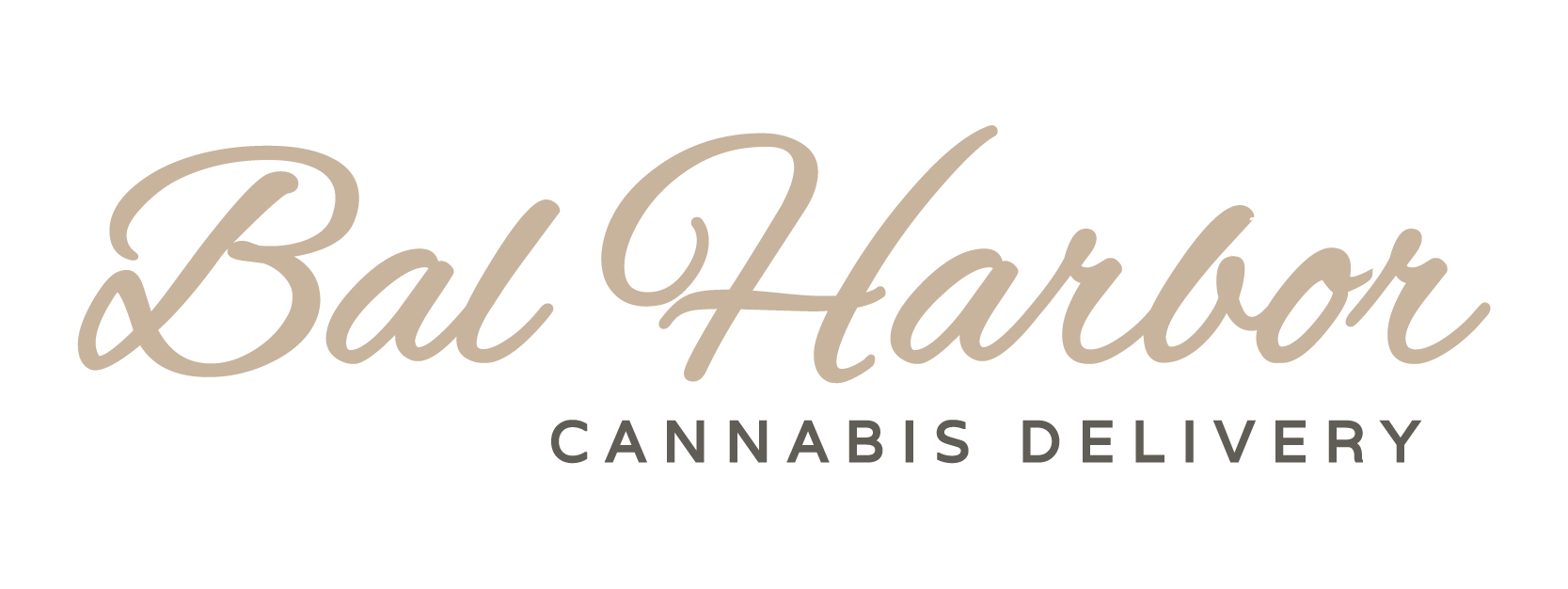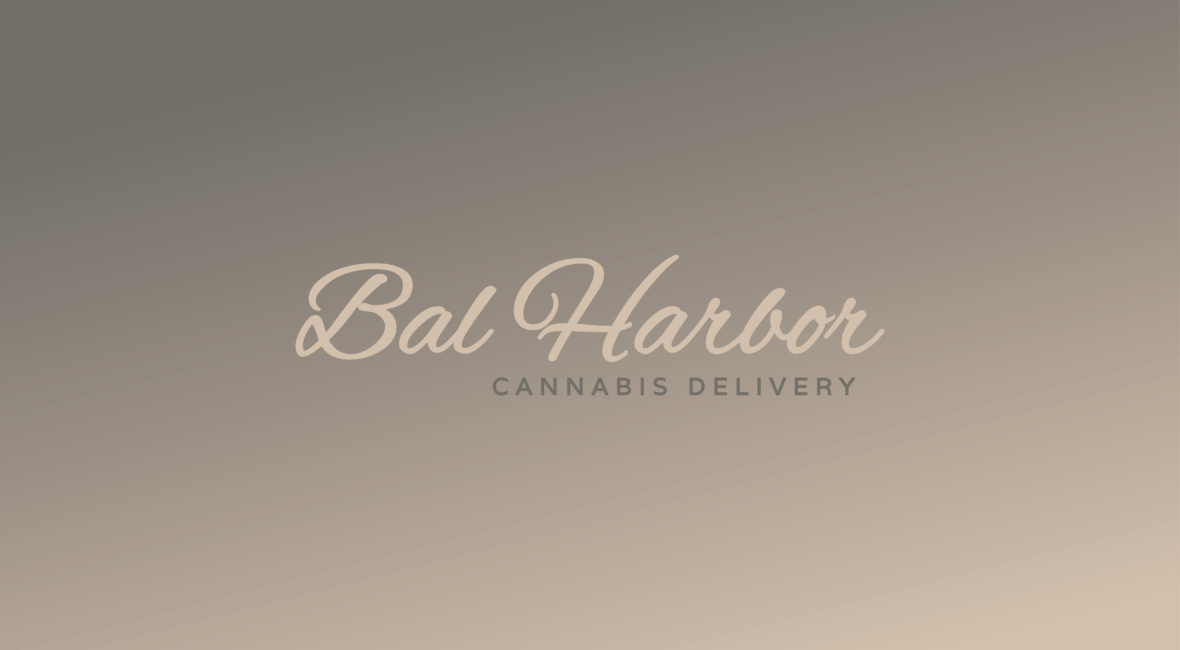Florida’s cannabis industry operates under a unique framework that mandates vertical integration. This means that companies licensed to grow cannabis must also process, distribute, and sell their products through their own dispensaries. This model, while restrictive, has created an ecosystem where cultivation centers play a pivotal role in ensuring that dispensaries are well-stocked with high-quality cannabis products. Here’s a closer look at how cultivation centers distribute to dispensaries in Florida, the role of private labeling, and the involvement of Multi-State Operators (MSOs) in the supply chain.
The Vertical Integration Model
Under Florida’s regulatory structure, cannabis businesses are required to manage every aspect of the supply chain. This includes:
- Cultivation: Growing cannabis in controlled environments.
- Processing: Converting raw cannabis into products like oils, edibles, and topicals.
- Distribution: Transporting products to company-owned dispensaries.
- Retail: Selling directly to patients at dispensary locations.
This model ensures consistency and quality control but limits the participation of smaller, independent businesses.
Cultivation Centers: The Starting Point
Operations and Facilities
Cultivation centers in Florida are typically large-scale operations that include:
- Indoor Growing: Controlled environments that allow year-round cultivation.
- Greenhouses: Hybrid facilities that use natural sunlight with supplemental lighting and climate control.
- Outdoor Farms: Rare due to Florida’s climate challenges but possible in select regions.
These facilities are designed to produce cannabis at scale, ensuring a steady supply to meet the demands of dispensaries.
Quality Control
Before distribution, products undergo rigorous testing to ensure they meet Florida’s stringent quality standards. Third-party laboratories test for:
- Potency (THC/CBD levels).
- Contaminants like pesticides, mold, and heavy metals.
- Consistency in product quality.
Distribution to Dispensaries
Internal Logistics
Since vertical integration requires companies to own their distribution networks, cannabis products are transported directly from cultivation centers to dispensaries. This streamlined process includes:
- Fleet Management: Companies often maintain their own fleets of vehicles for secure transport.
- Inventory Tracking: Advanced software tracks products from seed to sale, ensuring compliance with state regulations.
- Delivery Scheduling: Regular shipments ensure dispensaries remain stocked with popular products.
Multi-State Operators (MSOs) in Distribution
MSOs like Trulieve, Curaleaf, and AYR Wellness operate their own cultivation centers and distribution networks in Florida. By managing every step of the supply chain, these companies can:
- Ensure product availability and consistency.
- Reduce costs through economies of scale.
- Quickly respond to market demands and patient feedback.
Private Labeling in Florida’s Cannabis Market
What is Private Labeling?
Private labeling involves producing cannabis products for sale under a different brand name. While Florida’s vertical integration model limits third-party partnerships, some MSOs engage in private labeling within their own operations. For example:
- Exclusive Product Lines: MSOs may create premium or specialized product lines marketed under unique brand names.
- Collaborative Branding: Companies might partner with well-known cannabis brands from other states to produce co-branded products locally.
Benefits of Private Labeling
- Brand Diversification: Allows companies to cater to different market segments.
- Increased Revenue: Private labels can command higher prices due to perceived exclusivity.
- Patient Loyalty: Unique products encourage repeat visits to dispensaries.
Challenges in Distribution
Despite its advantages, Florida’s vertical integration model poses several challenges:
- High Operational Costs: Managing cultivation, processing, and distribution requires significant investment.
- Limited Market Entry: Smaller businesses struggle to compete with well-funded MSOs.
- Regulatory Burdens: Strict compliance requirements increase complexity and costs.
Future Trends
As Florida’s cannabis market evolves, several trends may shape the future of cultivation and distribution:
- Potential Deregulation: If Florida transitions to a recreational market, vertical integration requirements may be relaxed, allowing for more collaboration between growers and dispensaries.
- Technological Advancements: Automation and AI-driven analytics could optimize supply chain efficiency.
- Sustainability Initiatives: Eco-friendly cultivation and transport methods may become standard practices.
From Seed to Sale
Cultivation centers are the backbone of Florida’s cannabis industry, ensuring that dispensaries are stocked with high-quality products. The vertical integration model, while restrictive, enables MSOs to maintain control over the entire supply chain, from seed to sale. As the industry grows, innovations in distribution and potential regulatory changes could further enhance the efficiency and accessibility of cannabis products in Florida.

